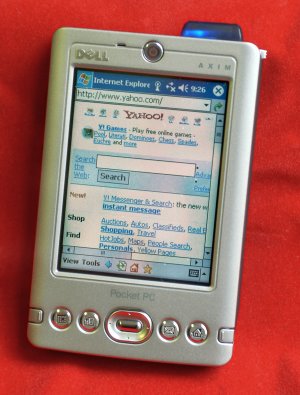https://www.tomshardware.com/news/last-itanium-shipment
Intel and HPs multi billion dollar attempt at a clean break from x86. Something that sounded good in theory ( and on message boards) but no one signing checks actually wanted.
Remember this, those clamoring for Microsoft to drop legacy support. It ain't gonna happen.
Intel and HPs multi billion dollar attempt at a clean break from x86. Something that sounded good in theory ( and on message boards) but no one signing checks actually wanted.
Remember this, those clamoring for Microsoft to drop legacy support. It ain't gonna happen.
![[H]ard|Forum](/styles/hardforum/xenforo/logo_dark.png)
